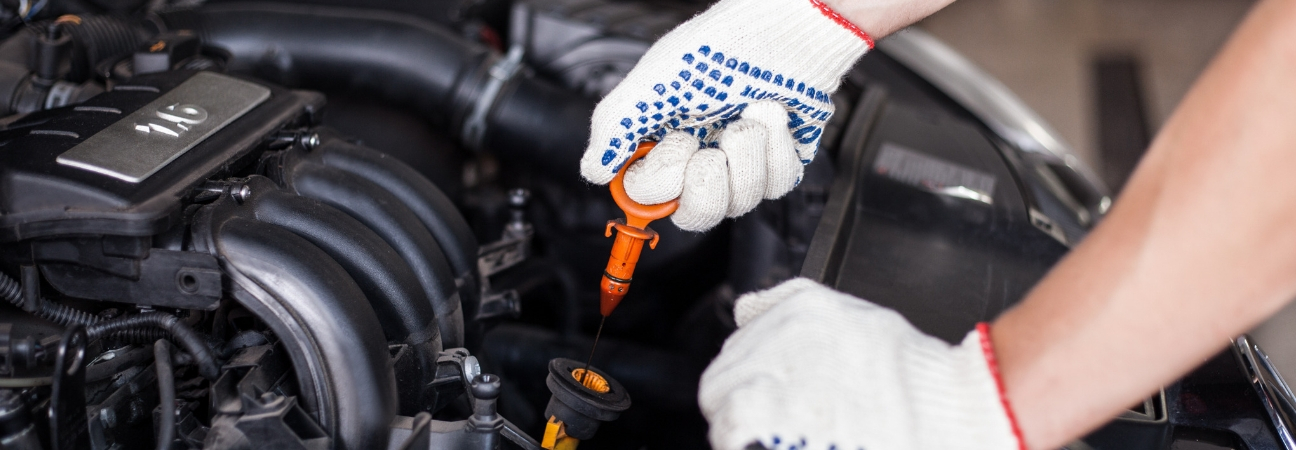All Categories
Featured

The check engine light (CEL) is just one of the most crucial caution systems in your vehicle, yet it typically creates confusion or worry for several chauffeurs. Understanding what this light stands for and how to handle it can conserve you time, cash, and unnecessary anxiety. This overview offers a summary of what triggers the CEL, its potential effects, and the actions you need to take when it illuminate.
What Does the Check Engine Light Indicate? The CEL is component of your auto's onboard diagnostics system (OBD), which keeps track of engine performance and exhausts. It brightens when the system discovers a problem that needs your interest.
Strong Light: Signals a non-urgent trouble but one that need to be dealt with soon, such as a sensor breakdown or emissions-related concern. Flashing Light: Indicates a crucial problem like an engine misfire. Driving in this condition can cause severe damages, so immediate action is necessary. Typical Reasons For the Examine Engine Light. The CEL can brighten for a vast range of reasons, some minor and others more severe. Here are some of one of the most frequent reasons:

Loosened or Damaged Gas Cap:
A loosened gas cap can endanger the fuel system, activating the CEL. When the light comes on, checking and tightening up the cap is a very easy initial step. Faulty Oxygen Sensor:
This sensor keeps track of the air-to-fuel ratio in your engine. A malfunction can decrease fuel effectiveness and increase emissions. Malfunctioning Catalytic Converter:
The catalytic converter helps in reducing hazardous exhaust emissions. Disregarding other engine problems, like misfires, can result in catalytic converter damage. Spark Plug or Ignition Coil Problems:
These elements are important for beginning and running your engine efficiently. Normal upkeep can prevent wear and failing. Mass Airflow Sensing Unit Troubles:
This sensing unit determines the quantity of air going into the engine to make sure optimum performance. A malfunctioning or dirty sensing unit can minimize effectiveness and power. Steps to Take When the Examine Engine Light Begins. Check the Gas Cap:
If the light transforms off after driving a couple of miles,See and tighten the cap. Observe the Car's Behavior:
Note any unusual symptoms like rough idling, minimized power, or strange noises. Scan the Codes:
Make use of an OBD-II scanner to get trouble codes saved in your automobile's computer system. Several automobile components shops offer this solution free of charge. Check Out an Auto Mechanic:

If the light remains on or is flashing, take your automobile to an expert for a detailed medical diagnosis. Protecting Against Inspect Engine Light Issues. Proactive upkeep is the very best method to stay clear of CEL troubles. Adhere to these pointers:
Stay With a Routine Maintenance Set Up: Modification your oil, change filters, and check ignition system on time. Check the Gas Cap: Change harmed caps to avoid leakages in the gas system. Usage High Quality Fuel: Poor-quality gasoline can add to sensor and discharges concerns. Why Prompt Activity Matters. Neglecting the CEL can lead to much more extreme problems, such as engine damage or pricey fixings. If disregarded., a tiny issue like a loosened gas cap can grow out of control right into a significant expenditure.
Verdict. The check engine light is an essential device for keeping your vehicle's health. By comprehending its objective and reacting immediately, you can stay clear of unneeded repair work and keep your automobile running efficiently. The following time the CEL comes on, keep in mind to remain tranquil, inspect the basics, and consult a specialist if required.
Latest Posts
Boost Your Home's Outside with Weathercraft's Home siding Solutions
Published en
1 min read
Discover WyHy Federal Credit Union – Trusted Financial Solutions for Your Financial Success
Published en
1 min read
Discover Affordable Auto Repairs with Montclare’s Exclusive Service Specials
Published en
1 min read
More
Latest Posts
Boost Your Home's Outside with Weathercraft's Home siding Solutions
Published May 26, 25
1 min read
Discover WyHy Federal Credit Union – Trusted Financial Solutions for Your Financial Success
Published May 24, 25
1 min read
Discover Affordable Auto Repairs with Montclare’s Exclusive Service Specials
Published May 23, 25
1 min read